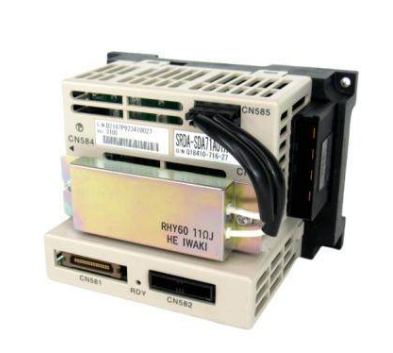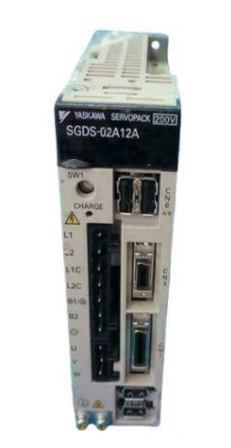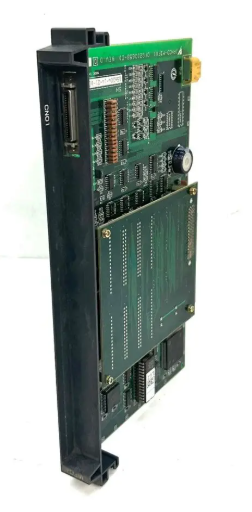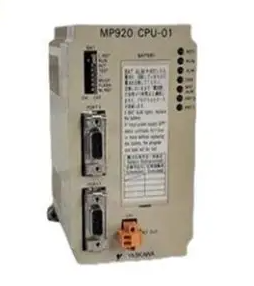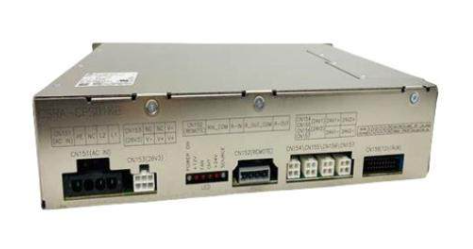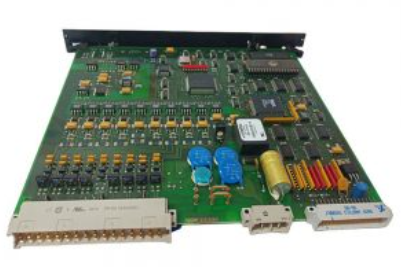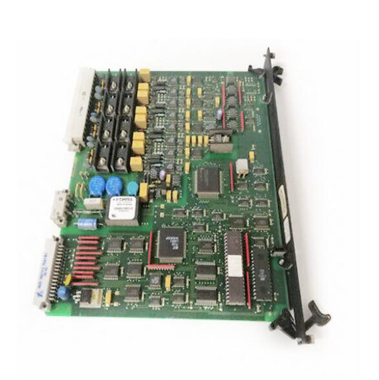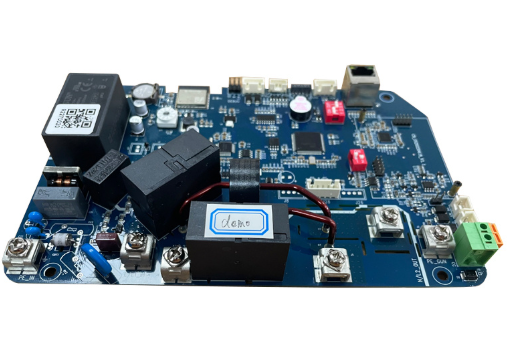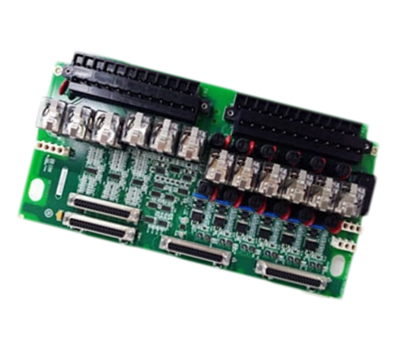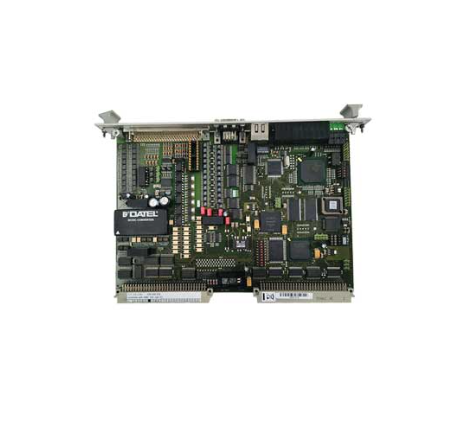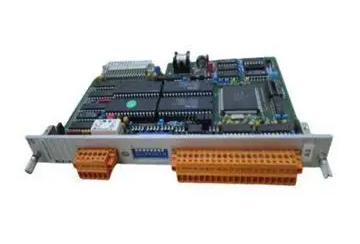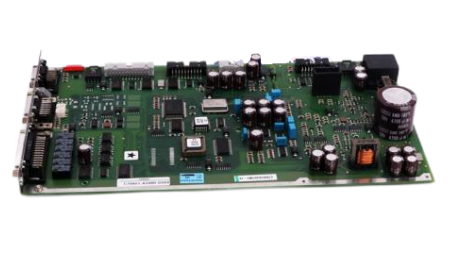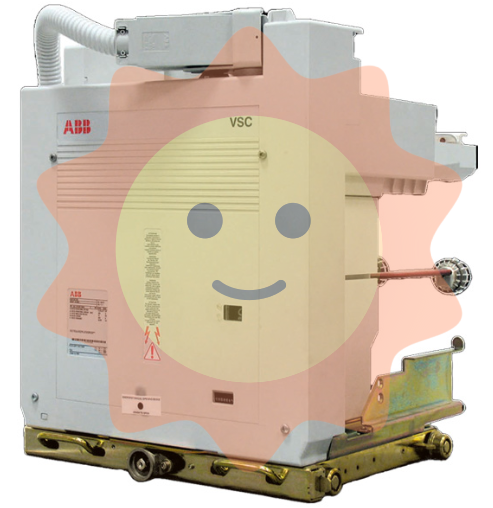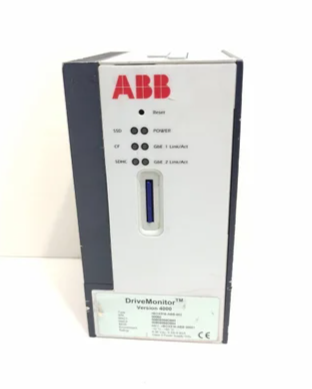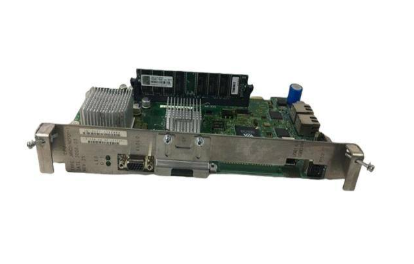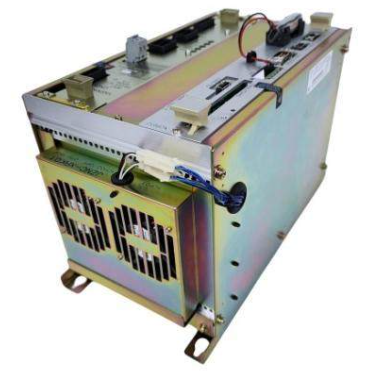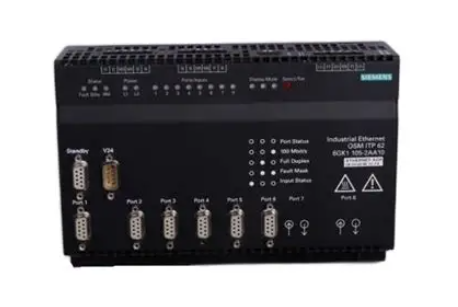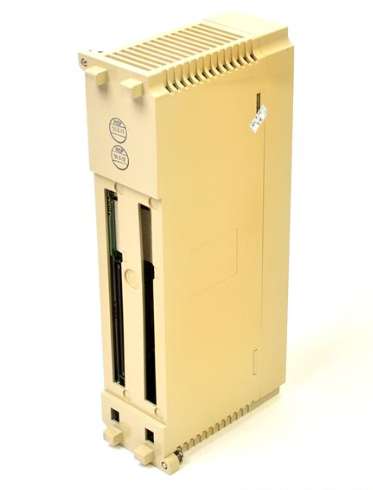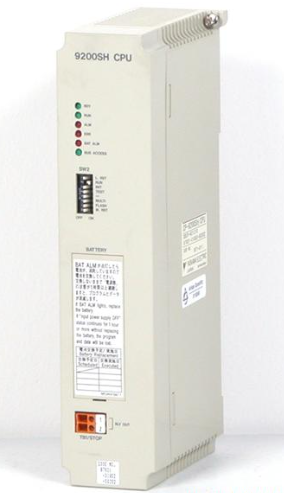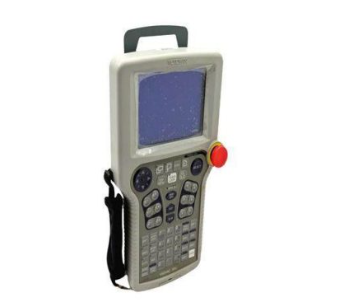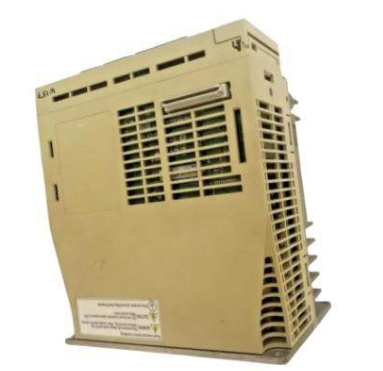ABB TET106 11355-0-6050000 Industrial Control Module
(4) Comprehensive fault diagnosis and self-protection
Equipped with an advanced fault diagnosis system, it can monitor the real-time operation status of internal circuits, communication connections, input/output channels, and external devices of the module. Once a fault is detected, such as sensor failure, communication interruption, overload, short circuit, etc., the module will immediately trigger an alarm mechanism, feedback fault information through LED indicator flashing, communication interface output fault code, etc., to facilitate maintenance personnel to quickly locate and troubleshoot the fault. At the same time, it has self-protection function and automatically takes protective measures in case of faults, such as cutting off dangerous outputs, switching to backup working mode, etc., to prevent the expansion of faults and ensure the safe and stable operation of industrial production.
5、 Working principle
When the ABB TET106 11355-0-6050000 industrial control module operates in an industrial control system, it first receives analog and digital signals from industrial field sensors through input interfaces. The analog signal is amplified, filtered, and processed by the front-end signal conditioning circuit, and then converted into a digital signal by an A/D converter; Digital signals are directly subjected to level conversion and isolation processing, and then these signals are transmitted to the central processing unit (CPU) inside the module.
The CPU performs logical operations and algorithm processing on input signals based on pre written and stored control programs in the module memory, generating corresponding control instructions. After processing, these control instructions are transmitted to the executing mechanism through output interfaces, such as regulating valves, motor drivers, relays, etc., to control the operating status of the equipment and achieve regulation of the industrial production process.
Throughout the entire operation, the communication module is responsible for data exchange with external devices. On the one hand, the collected data and module operation status information are packaged according to the selected communication protocol and uploaded to the upper computer monitoring system or other network devices through the communication interface; On the other hand, it receives control instructions and parameter adjustment information from the upper computer or other devices, and transmits them to the CPU for processing. At the same time, the fault diagnosis module continuously monitors the operating status of each part of the module, and once any abnormalities are detected, the corresponding fault handling mechanism is immediately triggered.
Key advantages
(1) High reliability and stability
By using high-quality electronic components and advanced manufacturing processes, and undergoing strict quality inspection and aging testing, the module ensures stability and reliability during long-term continuous operation. Electrical isolation design, anti-interference measures, and comprehensive self-protection functions enable it to effectively resist the adverse effects of complex electromagnetic environments and voltage fluctuations in industrial sites, reduce failure rates, minimize downtime, and ensure the continuity and stability of industrial production.
(2) High flexibility and scalability
Supporting multiple programming languages and communication protocols, users can flexibly customize the functions and communication methods of modules according to different industrial application scenarios and control requirements. The modular design concept makes system expansion more convenient. By adding expansion modules, it is easy to increase the number of input and output channels or expand other functions, meeting the needs of industrial production scale expansion and process upgrading.
(3) Efficient, user-friendly, and easy to maintain
With a friendly programming interface and intuitive operation mode, it reduces the threshold for use, allowing even less experienced engineers to quickly get started. Rich diagnostic information and status indication functions can help maintenance personnel quickly locate the fault point and shorten the troubleshooting time. In addition, modular structural design facilitates rapid replacement of faulty modules, reduces maintenance workload and costs, and improves equipment availability.
(4) Wide industry applicability
With powerful functions and excellent performance, ABB TET106 11355-0-6050000 industrial control module is suitable for many industrial fields such as power, chemical, metallurgy, manufacturing, food and beverage, pharmaceuticals, etc. Whether it is large and complex industrial automation systems or small automation control equipment, reliable and efficient control solutions can be provided to meet the diverse industrial control needs of different industries.
Precautions
(1) Installation environment requirements
When installing the TET106 module, it should be ensured that the installation environment meets its specified requirements for temperature, humidity, dust prevention, electromagnetic interference prevention, etc. Avoid installing modules in environments with high temperature, humidity, corrosive gases, or strong electromagnetic interference. If unavoidable, effective protective measures should be taken, such as installing heat dissipation devices, electromagnetic shielding equipment, etc., to ensure the normal operation of the module.
- EMERSON
- Honeywell
- CTI
- Rolls-Royce
- General Electric
- Woodward
- Yaskawa
- xYCOM
- Motorola
- Siemens
- Rockwell
- ABB
- B&R
- HIMA
- Construction site
- electricity
- Automobile market
- PLC
- DCS
- Motor drivers
- VSD
- Implications
- cement
- CO2
- CEM
- methane
- Artificial intelligence
- Titanic
- Solar energy
- Hydrogen fuel cell
- Hydrogen and fuel cells
- Hydrogen and oxygen fuel cells
- tyre
- Chemical fiber
- dynamo
- corpuscle
- Pulp and paper
- printing
- fossil
- FANUC
- Food and beverage
- Life science
- Sewage treatment
- Personal care
- electricity
- boats
- infrastructure
- Automobile industry
- metallurgy
- Nuclear power generation
- Geothermal power generation
- Water and wastewater
- Infrastructure construction
- Mine hazard
- steel
- papermaking
- Natural gas industry
- Infrastructure construction
- Power and energy
- Rubber and plastic
- Renewable energy
- pharmacy
- mining
- Plastic industry
- Schneider
- Kongsberg
- NI
- Wind energy
- International petroleum
- International new energy network
- gas
- WATLOW
- ProSoft
- SEW
- wind
- ADVANCED
- Reliance
- YOKOGAWA
- TRICONEX
- FOXBORO
- METSO
- MAN
- Advantest
- ADVANCED
- ALSTOM
- Control Wave
- AB
- AMAT
- STUDER
- KONGSBERG
- MOTOROLA
- DANAHER MOTION
- Bently
- Galil
- EATON
- MOLEX
- Triconex
- DEIF
- B&W
- ZYGO
- Aerotech
- DANFOSS
- KOLLMORGEN
- Beijer
- Endress+Hauser
- MOOG
- KB
- Moxa
- Rexroth
- YAMAHA
- Johnson
- Westinghouse
- WAGO
- TOSHIBA
- TEKTRONIX
- BENDER
- BMCM
- SMC


Email:wang@kongjiangauto.com


